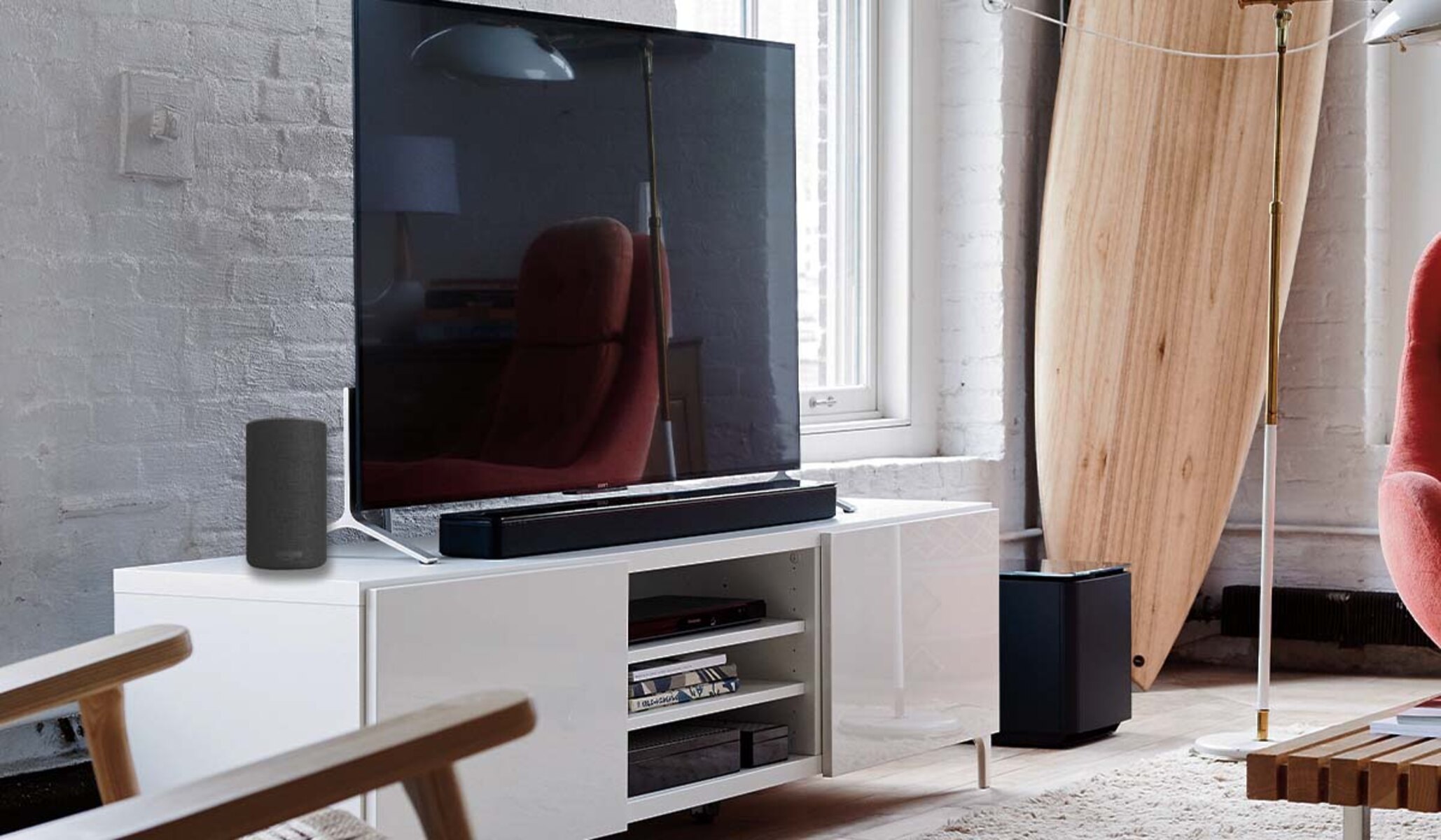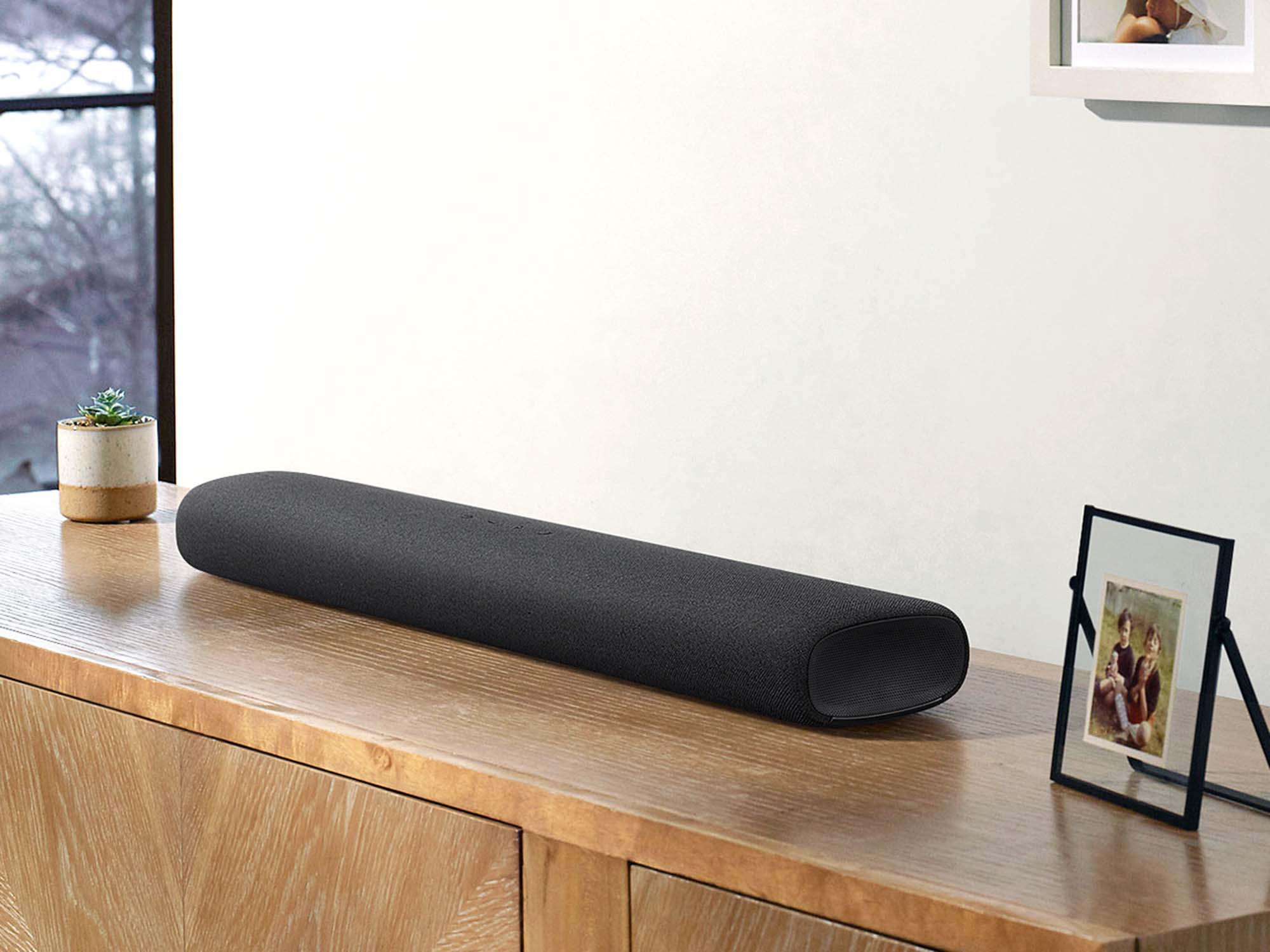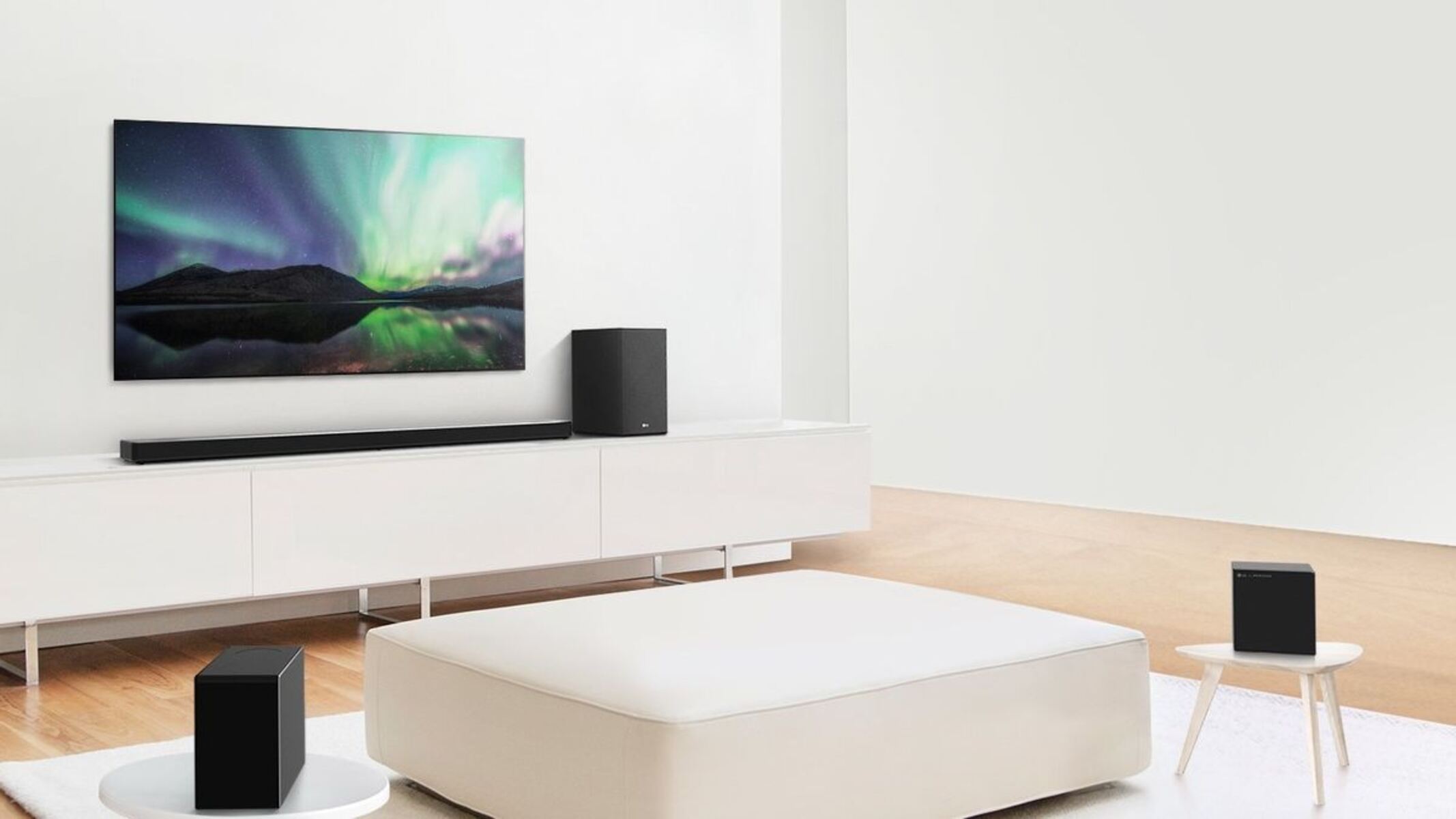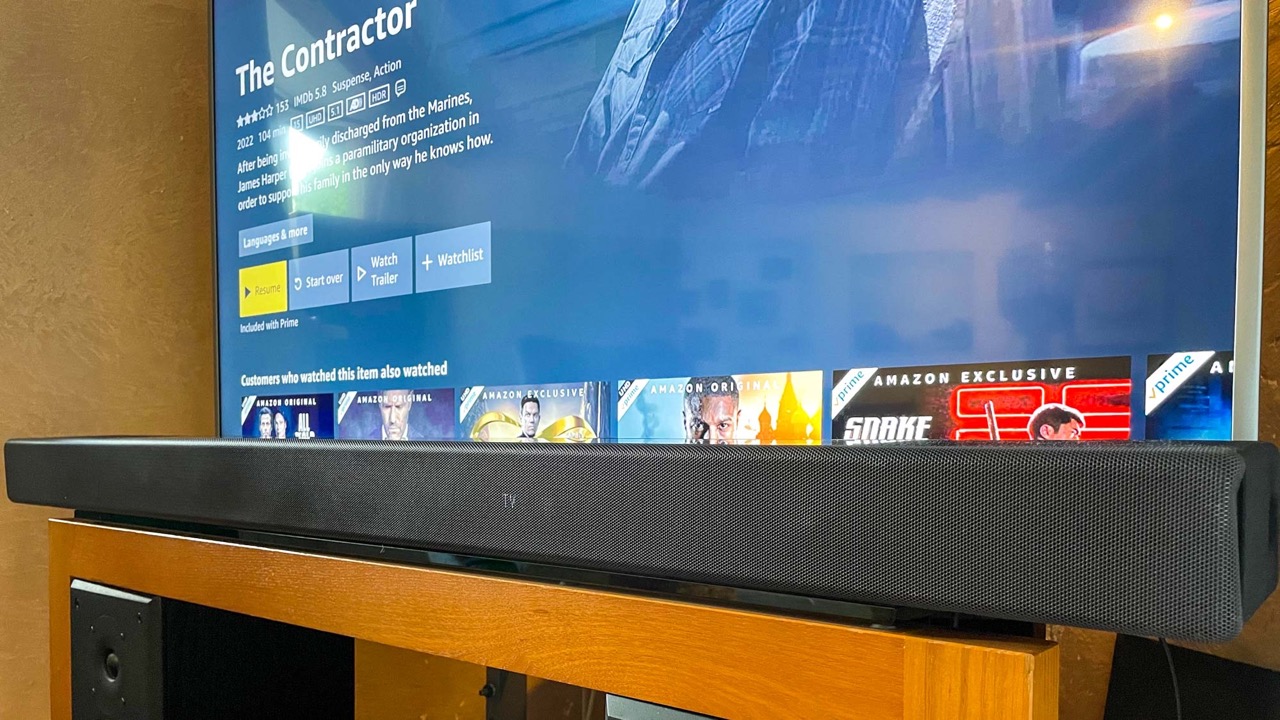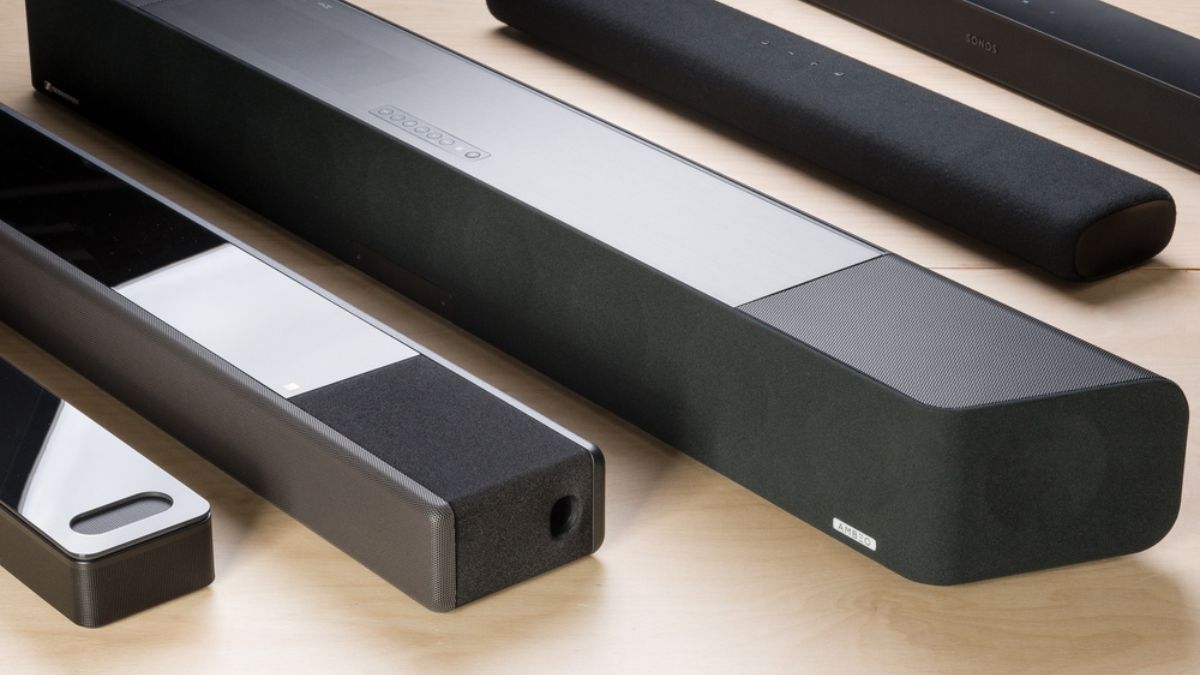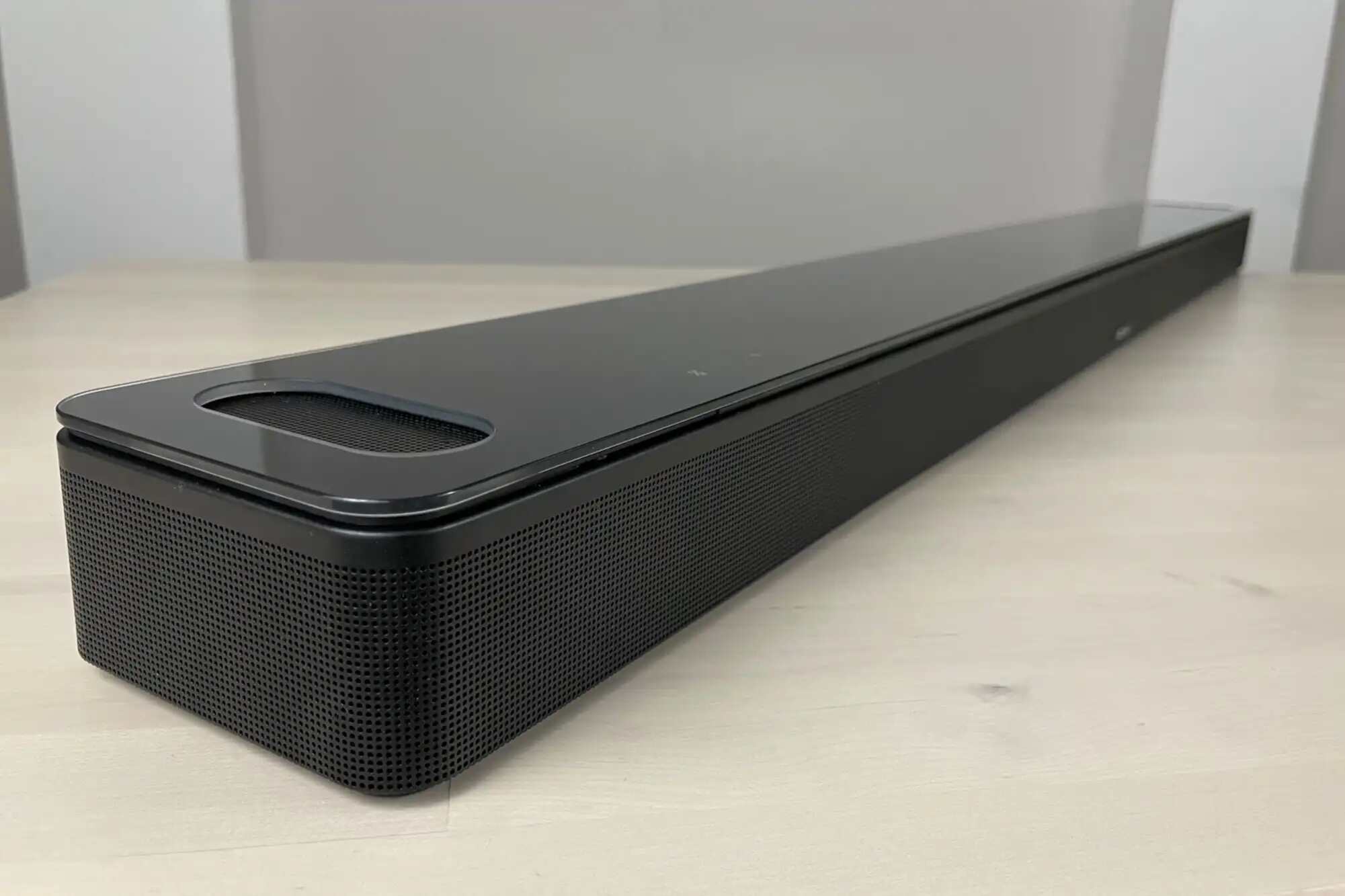html
Introduction
Welcome to the world of smart home devices! If you’re the proud owner of both an Alexa voice assistant and a soundbar, you might be wondering how to connect them for an enhanced audio experience. Well, you’ve come to the right place! In this article, we’ll guide you through the step-by-step process of connecting Alexa to a soundbar, so you can enjoy the convenience of voice commands for controlling your audio setup.
With the popularity of smart speakers and soundbars, it’s no surprise that many people are looking to integrate the two. By connecting your Alexa device to your soundbar, you can control the volume, play your favorite music, manage audio settings, and even access other smart home features using just your voice. It’s a seamless and hands-free way to enhance your entertainment system.
Before we dive into the steps, it’s important to ensure that your soundbar is compatible with Alexa. Most modern soundbars have built-in support for voice assistants, including Alexa. However, it’s always a good idea to double-check the specifications or user manual of your particular soundbar model to confirm compatibility. Once you’ve verified that your soundbar supports Alexa, we can move on to the setup process.
html
Step 1: Check Compatibility
The first step in connecting Alexa to your soundbar is to ensure compatibility between the two devices. Start by checking the specifications or user manual of your soundbar to confirm that it supports Alexa integration. Look for terms like “built-in voice assistant” or “Alexa-enabled” mentioned in the documentation.
If you’re unsure about the compatibility, you can also visit the manufacturer’s website or contact their customer support for further assistance. They will be able to provide you with the necessary information and clarify any doubts you may have.
In addition to checking compatibility, make sure that your Alexa device is set up and functioning properly. You should have a compatible Alexa device, such as an Echo Dot or Echo Show, connected to your Wi-Fi network and linked to your Amazon account. This will ensure that it can communicate and control other compatible devices, including your soundbar.
It’s worth noting that some soundbars require a firmware update to enable Alexa compatibility. If your soundbar falls into this category, check the manufacturer’s website or user manual for instructions on how to update the firmware. Keeping your devices up to date ensures optimal performance and compatibility.
Once you’ve confirmed compatibility between your soundbar and Alexa, you’re ready to move on to the next step: setting up your soundbar.
html
Step 2: Set up Your Soundbar
Now that you’ve determined that your soundbar is compatible with Alexa, it’s time to set it up. The exact setup process may vary depending on the make and model of your soundbar, so it’s best to refer to the user manual that came with your device. However, here are some general steps to get you started:
- Find a suitable location for your soundbar. Ideally, it should be placed near your TV or entertainment center.
- Connect the soundbar to a power source. Use the provided power cable and ensure the soundbar is getting adequate power.
- Connect the soundbar to your TV. Depending on your setup, this can be done through an HDMI, optical, or ARC (audio return channel) cable. Refer to the user manual for specific instructions.
- Power on both your soundbar and TV.
- Access the soundbar’s settings menu. This is usually done by using the remote control or buttons on the soundbar itself.
- Configure the audio settings to your preference. Adjust options like volume levels, equalizer settings, and other audio enhancements.
- Perform a sound test to ensure everything is working correctly. Play some audio or a video on your TV and make sure the sound is coming through the soundbar.
Again, remember to consult your soundbar’s user manual for detailed instructions and any additional setup steps specific to your device. Once your soundbar is set up and functioning correctly, you’re ready to move on to the next step: connecting Alexa to your soundbar.
html
Step 3: Connect Alexa to Your Soundbar
Now that your soundbar is set up, it’s time to connect it to Alexa. Follow these step-by-step instructions to seamlessly integrate the two devices:
- Open the Alexa app on your smartphone or tablet.
- Navigate to the settings menu and select “Add Device.”
- Choose “Speaker” from the list of available device types.
- Scan for nearby devices. Ensure that your soundbar is turned on and in pairing mode.
- Select your soundbar from the list of available devices.
- Follow the on-screen instructions to complete the pairing process.
- Once the pairing is successful, you can give voice commands to control your soundbar using Alexa. You can ask Alexa to adjust the volume, play music, switch inputs, and more.
Keep in mind that the specific steps and options may vary depending on the version of the Alexa app and your device. If you encounter any issues during the pairing process or require additional guidance, refer to the Alexa app help section or reach out to Amazon’s customer support.
With Alexa connected to your soundbar, you can enjoy the convenience of controlling your audio setup with just your voice. Say goodbye to fumbling with remotes or reaching for buttons on the soundbar – simply ask Alexa to do it for you!
Now that you’ve successfully connected Alexa to your soundbar, it’s time to test the connection.
html
Step 4: Test the Connection
Now that you’ve connected Alexa to your soundbar, it’s important to test the connection to ensure everything is working as expected. Follow these steps to verify the integration:
- Make sure your soundbar is powered on and in the appropriate input mode.
- Issue a voice command to Alexa, such as “Alexa, play some music.”
- Alexa should acknowledge your command and start playing music through your soundbar. Adjust the volume using voice commands like “Alexa, increase the volume” or “Alexa, set the volume to 50%.”
- Test other functionalities like switching input sources, pausing or skipping tracks, or asking Alexa for information about the currently playing song.
- If everything is working correctly, congratulations! You have successfully connected and tested the connection between Alexa and your soundbar.
In the event that you encounter any issues during the testing phase, ensure that both your soundbar and Alexa device are connected to the same Wi-Fi network. If there are connectivity or compatibility problems, try restarting both devices and repeating the setup process.
Additionally, make sure your Alexa device is within range of your soundbar’s microphone. If it’s too far away or obstructed, voice commands may not be received properly.
It’s also a good idea to explore the user manual or manufacturer’s website for specific troubleshooting tips related to your soundbar and Alexa integration.
By successfully testing the connection between Alexa and your soundbar, you can now enjoy the full capabilities of voice-controlled audio playback and management in your home entertainment setup.
html
Conclusion
Congratulations! By following the step-by-step process outlined in this article, you have successfully connected Alexa to your soundbar. You can now enjoy the convenience of controlling your soundbar using voice commands, making your entertainment experience even more enjoyable.
Remember to keep your soundbar and Alexa device updated with the latest firmware to ensure compatibility and optimal performance. If you encounter any difficulties during the setup or connection process, don’t hesitate to consult the user manual or reach out to the manufacturer’s customer support for assistance.
With Alexa connected to your soundbar, you have the power to adjust the volume, play music, control inputs, and more, all with simple voice commands. It’s a seamless integration that brings your audio setup to the next level of convenience and control.
Now that you’re all set up, sit back, relax, and enjoy the immersive audio experience that Alexa and your soundbar provide. Whether you’re watching movies, listening to music, or simply entertaining guests, you have the power of voice at your fingertips.







